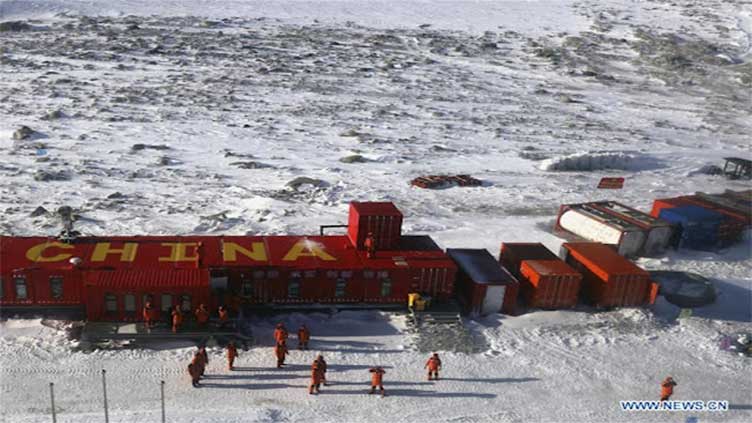China opens Antarctic station south of Australia, New Zealand

World
Qinling is also situated near the permanently inhabited US McMurdo station
BEIJING (Reuters) – China on Wednesday inaugurated its Ross Sea scientific research station, the official Xinhua news agency reported, starting operations in an outpost in a part of the Antarctic due south of Australia and New Zealand for the first time.
Resembling a crucifix, like the Crux constellation or the Southern Cross, the Qinling station will be staffed year-round with quarters sufficient to house as many as 80 people in the summer months, official media has previously said.
Perched on the rocky coast of Inexpressible Island in the icy Ross Sea, Qinling is also situated near the permanently inhabited US McMurdo station.
China has four other research stations in other parts of Antarctica that it previously built from 1985 to 2014 - Zhongshan, Taishan, Kunlun and Great Wall - with two of them also year-long stations like Qinling.
Construction of Qinling first broke ground in 2018, but its launch was delayed due to the COVID-19 outbreak. In November, China sent its biggest Antarctic fleet with more than 460 personnel to the site to help complete the station.
Qinling was expected to include an observatory with a satellite ground station, and it would be well situated to collect signals intelligence over Australia and New Zealand, the Center for Strategic and International Studies (CSIS) said in a report in April.
Initial photographs of the station did not immediately show the presence of a satellite ground station.
A Chinese foreign ministry spokesperson in April said concerns from countries including Australia that China could use the station for surveillance were unnecessary, and that the station was for peaceful development of the South Pole.
President Xi Jinping on Wednesday commended the opening of the station and urged station workers to "better know, protect and utilise the polar region" along with the international community, Xinhua reported.



